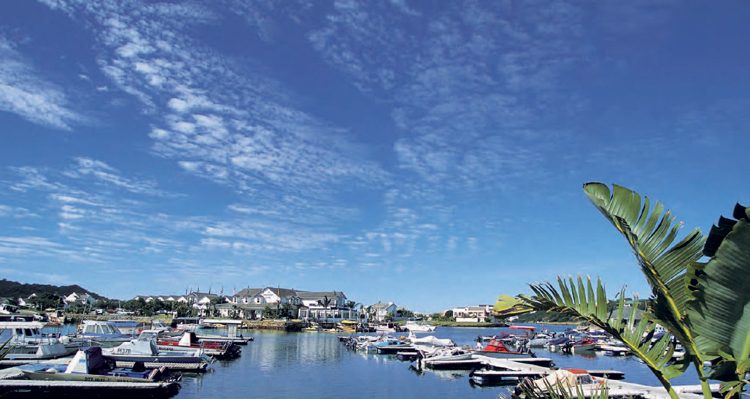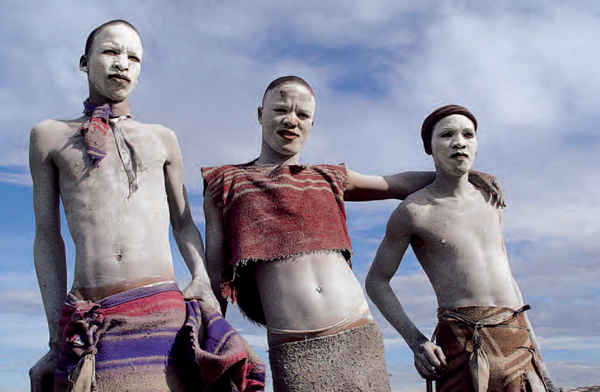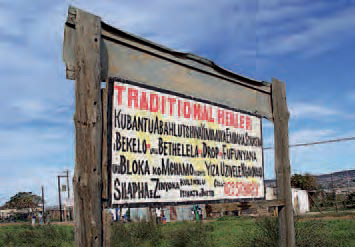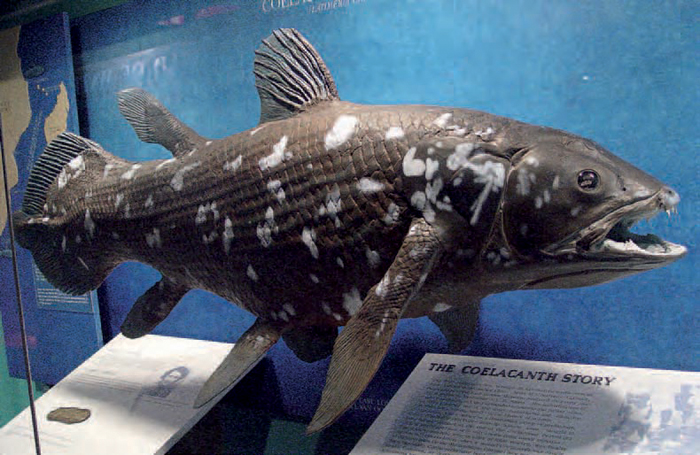

The surfers leap on their boards at the last possible moment and dance on the green-cream speckled of the green waves.
The attractive Kiwi-born Carpark Vanessa hands us the keys to our luxury suite at African Perfection, a holiday apartment complex overlooking the shoreline at Supertubes in Jeffreys Bay.
You can see this is a place for surfers. There are surf racks in the room, and requests for wetsuits to be placed over balconies, not in bathrooms.
Back when the world was younger and Jimi Hendrix was still a proud Seattle coffee drinker, surfers looked like suntanned hippies with their long locks and their Kombi camper vans and their stashes of marijuana. Nowadays, there is big money involved. The sponsors have stepped in and the sport has spruced itself up.
We stand on the porch of our apartment and watch rhythmic lines of green-grey swells unfolding in our direction, neat pleats, raised rows like corduroy, rising swiftly and gracefully to become glassy and translucent. Then they begin breaking from our right to our left, lifting, curling sweetly and falling on their foam, peeling across the bay, a movement that seems to last forever. The surfers leap on their boards at the last possible moment and dance on the green-cream speckled face of the waves.
This is what has driven surfers of all ages here for more than four decades: the delight of Supertubes peeling down from Boneyards to The Point, steady as rice-paper ripping.
Later, downstairs, we connect with Steve Walsh of 20 Pepper Street.
I haven’t seen Steve’s craggy old face since the dark and desperate days of the 1980s in Jo’burg, when he played music in clubs all over the city. I remember his voice, a throaty mix of Tom Waits and Bruce Springsteen with wistful shades of Neil Young.
Nowadays, he has a funky little bistro called 20 Pepper Street, right in the basement of African Perfection. He introduces Jules and me to the world of sushi and sashimi – clean, raw food, straight from the sea. Someone brought him a fresh yellowtail this morning. Steve prepares the meal in front of us – slices of yellowtail sashimi and hand-formed nigiri sushi – showing us how to hold and dip the little portions, what the pickled ginger is for and how perilously delicious the wasabi mustard can be.
“These days, I’m hooked on sushi,” he says, sneaking a little rice roll off my plate and quickly swallowing it. “That, and surfing.”
He still, however, has his music corner in the restaurant, a tiny stage setup that sports a Fender Telecaster, amp and microphone.
“No gigs, mate. I sing when the mood takes me,” he smiles, with no apparent regret. That’s right. To play as though no one’s listening.
Back in our room, I page through a copy of Zigzag, the local surfing magazine everyone reads in Jeffreys Bay. There is the thing on the Aussie mice I’ve heard about. A guy called Shane Willmott is training three mice called Harry, Chopsticks and Bunsen to surf “small waves on tiny mouse-size surf boards”.
Willmott dyes his surfing mice different colours so they can “stand out in the white wash” of the waves.
I like this story, but at breakfast down in 20 Pepper Street the next morning, I really like the music of Jack Johnson, the Hawaiian surfer-singer whose tunes are on almost all the time in Steve’s place. When we check the jackjohnsonmusic.com website later, the musician is quoted as saying, “Future projects? I wanna collaborate with the waves for the next couple of years. I want to take a little break and surf a lot”.
We have an appointment with our landlady, Cheron Kraak, who owns and runs the South African Billabong franchise and a company called Country Feeling.
Cheron remembers this place when it was still a piece of hippie heaven on Earth.
“I came here in the seventies and fell in love with the surfing. I ran away from the whole tennis club thing in Jo’burg. An Aussie girl showed me how to make reversible hand-embroidered bikinis and board shorts. I started this business with one portable sewing machine.”
Cheron transformed a matchbox-sized garage into Jeffreys Bay’s first surf shop. She’d found a niche.
“I’d let the surfers choose the material and the buttons, and I’d cut the shorts out on the lounge table, sew madly and deliver them myself,” she says. “I even offered a repair service when they got torn.”
And then the Weekend Post told her story in January 1981 with the catchy headline “She sews sea shorts on the seashore”.
Cheron Kraak now runs an operation that employs more than two hundred people and brings an international surfing event to Jeffreys Bay in winter each year: the Billabong World Championship Pro Tour.
“Jeffreys Bay becomes the centre of the surfing universe for more than two weeks,” she says. “Every event is streamed live on the Billabong website, and there is massive media coverage, publicity you could never buy.”
Carpark Vanessa emerges from her Wendy-house office as we return. OK, I give up. Why Carpark Vanessa?
“Because I’ve been here working in the carpark for longer than anyone can remember,” she says.
That night, Steve Walsh plays for us. He sings the Waits classic “Heart Of Saturday Night” and I am back in Old Jo’burg, drinking tequila sunrises on Rockey Street with my mates. And then he puts down his Fender, picks up his sushi knife, and proceeds to feed us. – Chris
A surf artist comes out to work in all kinds of weather.
Surfer dudes on down time at Supertubes.

Xhosa teenagers go through a challenging transition to manhood, including circumcision with no anaesthetic. As they are not allowed to talk to strangers, they posed in silence.
Three years before this journey, we’d been on an outing to the townships of Port Elizabeth with Nelson Sebezela from Calabash Tours. En route, we’d picked up an aspirant wine maker from Australia, a hulking youngster called Michael. He was already looking green about the gills, muttering something about a late night curry that kept shouting the odds back at him.
“And you haven’t even seen your first Smiley yet,” said Nelson.
“What’s a Smiley?” asked Michael, with an uncertain look.
“Wait. That’s for later.”
On the way out of town, I’d wanted a photograph of Queen Victoria, who stands stern and forbidding outside the Port Elizabeth Library as a silent reprimand to overdue book-borrowers everywhere.
As I was framing her glaring visage up in my lens, two local lasses called out, “Leave that old lady; take our picture instead”. I posed them with The Librarian Queen as a compromise. From the minute we’d climbed into the Calabash-mobile, it was clear who our guide’s hero is.
“Nelson! Rolihlahla! Mandela!” he cheered, fist clenched and waving out of the minibus window. Nelson Sebezela then launched into Xhosa for Dummies and Daytrippers, with an exhibition of confounding vocal clicks.
Driving into the middle-class township of KwaGxaki, Nelson spoke of goats and street committees.
“Around here, when you move into a new area, it’s traditional to have a big party, invite all your neighbours and slaughter a goat. They’ll quiz you about where you’ve come from, what you do, who your family is and what made you give up your last place.
“I recently left my parents in KwaZakhele”, he’d said. “I found my own spot, in the same township, and my new neighbours were so curious they sent a delegation to the family home to find out more about me.
“Even in the richer townships, there are street committees. That’s us Africans – we’re always in each other’s business. Sometimes, however, those street committees play a vital role, like breaking up family feuds.”
The historic central area is on the Calabash Tours’ day trip route.
Three ghosts – magnificently covered in white clay – strode across a gully in the distance. I wanted to photograph them, but because they were abakwetha (initiates) no verbal contact was allowed. So, with a hundred hand motions, they finally agreed to pose in silence.
We passed through the morning markets of KwaZakhele, where vendors were cooking up a roadside storm. Among the “Chickens, Plucked Or Live” signs was far stranger fare.
“Welcome to Smiley Street,” said Nelson. There was an audible groan from the sick Aussie at the back as we encountered scores of blackened sheep’s heads – the local breakfast of champions.
“The sheep’s head is put into the fire,” instructed Nelson, thoroughly enjoying this part of the tour. “When the lips have been stretched into a smile, you know it’s done. The women then take it out of the fire, clean it up and remove the brains – which we rarely eat. The real treats are the cheeks and the gums.”
Just then, somewhere in the vicinity of historic Red Location, Michael had to exit the minibus and chunder loudly in the mud.
“Sies, man!” a couple of passing township women remarked, and turn their heads away in disgust.
Now, on the great Coast to Coast tour, we are back in the townships of Port Elizabeth with Nelson. This time, his boss, Paul Mediema of Calabash, is with us as well. We find ourselves drinking beer down at Kwekwe’s in KwaZakhele Township.
“Is our Kombi safe around the corner?” I ask.
“If the Kombi is stolen, we just report the matter to the street committee,” says Paul, rolling himself a cigarette rather expertly.
Calabash Tours has set up a feeding scheme in Ramaphosa squatter camp.
“We can’t give them too much traditional food. It would stress them.” There will be no grinning sheep on offer tonight.

Close to 80% of the South African population consult traditional healers to cure various ailments.
At Kwekwe’s, the regulars get their orders in before the Dutch tour bus arrives.
“It’s a system that evolved out of the anti-apartheid movement. Self-defence units became street committees. If you lose something, you just go to them, pay a finder’s fee and that’s that.”
In the kitchen at Kwekwe’s, Patricia January and her assistant Beauty Dywili are adding final touches to the tourists’ feast of chicken stew, boerewors, coleslaw, mealie pap, mash and fresh bread. They are expecting a large busload of Hollanders.
“We can’t give them too much traditional food,” Patricia says. “It would stress them.” There will be no grinning sheep on offer tonight.
The regulars, mostly older men, are having their Friday night slow-drink and catching up with mates.
The huge luxury bus arrives, and out stream about forty rather bewildered souls. The choir, a ragtag band of singing angels, begins a litany of praise and welcome. The Hollanders walk the gauntlet of warmth and song into the shebeen, studiously avoiding eye contact. Presently, a couple of cold beers, some fairly excellent singing and Patricia’s hot meal relax the group and the grins begin to emerge like shy little face-ferrets. Some very responsible tourism is on the go. – Chris

The first coelacanth “fossil fish” was discovered in East London by museum curator Marjorie Courtenay-Latimer. This one is displayed at Iziko Museum, Cape Town.
The late Janis Joplin would have been at home in East London, the Buffalo City.
Because of the huge presence of DaimlerChrysler in town, everyone, it seems, owns a brand-new Mercedes-Benz. In the morning traffic, it’s not unusual to see long convoys of Mercs tooling elegantly down the road.
What really put East London on the map, however, was a far uglier – yet more magnificent – specimen than a C-Class Mercedes.
One Marjorie Courtenay-Latimer was called down to the East London docks on a day in 1938 to check out a load of sharks that had just come in on the boat Nerine. She noticed a strange-looking blue fin sticking out from the pile of otherwise pure shark.
“I picked away the layers of slime to reveal the most beautiful fish I had ever seen,” she told author Samantha Weinberg, who wrote A Fish Caught In Time. “It had four limb-like fins and a strange puppy-dog tail.”
The part I like in Weinberg’s book was the struggle Marjorie Courtenay-Latimer had in storing the rather bulky coelacanth, which had previously been thought to have been extinct for eighty million years. Firstly, the taxi driver wouldn’t have “that stinking fish” in his cab. He finally allowed her to put it into the boot.
The only place to store such a large fish was the mortuary, she reckoned. But the mortuary guy thought she was mad. The people at the local cold storage facility refused the coelacanth entry as well. So she and a local taxidermist decided to preserve the four-legged fish in formalin, keeping it wrapped in copies of the Daily Dispatch and Marjorie’s mother’s double-bed sheet until it could go off to Professor JLB Smith from Rhodes University. It was named Latimeria chalumnae and hailed as the evolutionary link between sea-dwellers and earthbound creatures. – Chris
A statue of Black Consciousness hero Steve Biko stands outside the East London town hall.